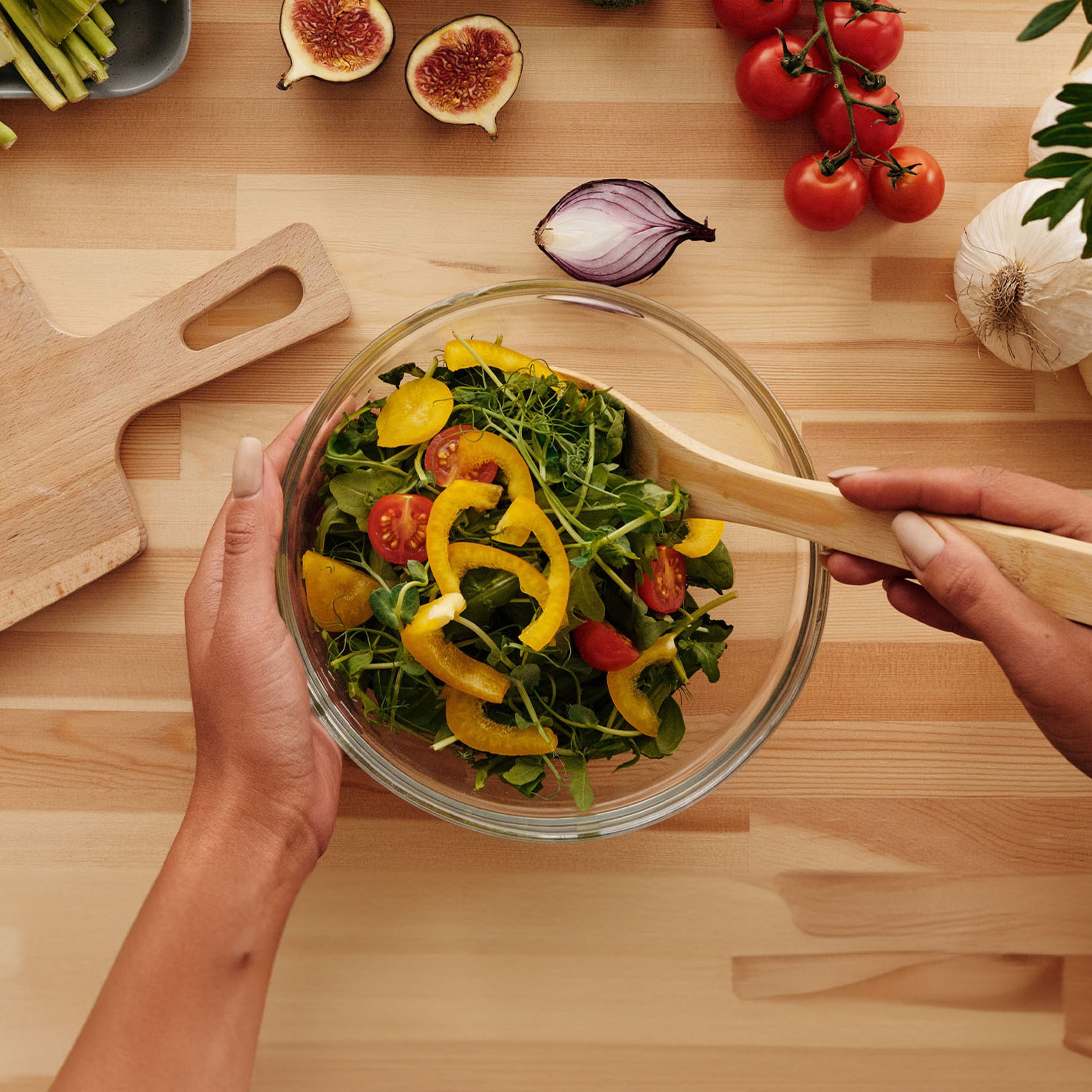Feeling constipated? You might not be eating enough fiber. Let’s take a look at why fiber-rich foods are essential for balanced diets
It’s often treated as a joke because it can make you gassy, but fiber is an important part of a healthy diet. Indeed, fiber, as a type of carbohydrate that passes through the body undigested, can cause bloating and gas, but it remains essential. Why? Because having a consistently low-fiber diet can help cause several health conditions, from constipation to cancer.
RELATED: How to Support Your Liver Health Through Food
But the main reason you should be eating more fiber is so you can improve your overall physical health. There are many health benefits associated with it, so it’s definitely worth the risk of extra gas. Not to mention that making your transition to a high-fiber diet slow and gradual will help to avoid the flatulence problem completely.
Notable health benefits

One of the things dietary fiber is known for is its promotion of weight loss or a healthy weight since it keeps hunger and blood sugar levels in check. This is partly because it can slow your digestion down to help you feel fuller for a longer period of time. More precisely, it is said to support laxation, reduce blood glucose responses, and assist with lowering one’s cholesterol.
RELATED: Will Your High-Cholesterol Diet Result in Heart Disease?
That aside, it is a good addition to your diet since it can help boost your digestive health and heart health. One review even stated that a majority of studies the increased consumption with a decrease in obesity and diabetes.

But don’t just take our word for it—listen to the professionals. One such professional is Jo Sebastian, a Registered Nutritionist-Dietitian, who affirmed the importance of dietary fiber in an interview with MEGA Active. According to her, people need 25 to 30 grams of fiber per day to have a healthy diet, and yet the average Filipino doesn’t reach that bar.
RELATED: The Daily Nutrients You Need, According to a Nutritionist
To ensure you’re getting your fill of this important component, consider eating more whole grains, fruits, vegetables, legumes, seeds, and nuts and incorporating them into your meals. All in all, we recommend eating more plant foods since fiber naturally occurs there. Eating a wide variety of such will also help you reach the recommended daily intake.
Fiber-rich meal ideas

So, which plant foods offer the most fiber? Reports vary, but many sources agree that foods like avocados, oats, lentils, chickpeas, and kidney beans contain some of the most fiber. A breakfast meal as simple as oatmeal with raspberries and blueberries on top is a good step in the right direction, as are avocado toast, lentil soup, and beans on toast.
RELATED: 5 Lentil Recipes From Around the World
For more high-fiber recipe ideas, look to pages like FEATR since it breaks down and talks about meals using ingredients readily accessible in the country, such as mung beans or munggo.







